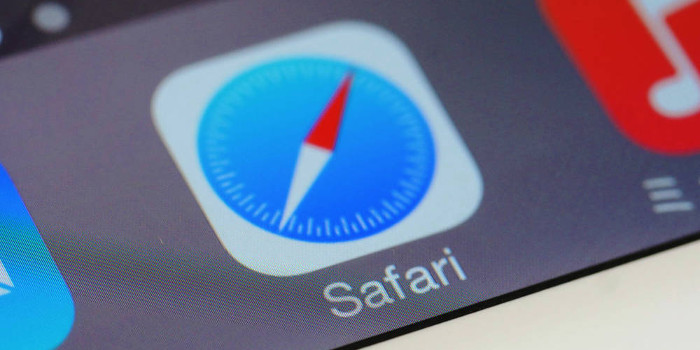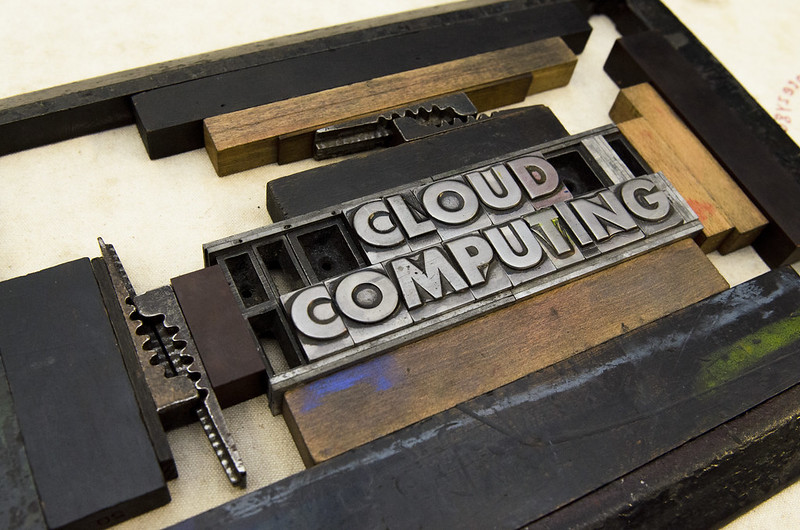
The ease in which employees can now share information coupled with current cultural trends is causing accidental data leaks in many businesses. Learn how to prevent employees from accidentally exposing your organization’s sensitive data.
The number is eye-opening: 83% of companies believe that employee errors have put sensitive business and customer data at risk of exposure, according to a study by Egress. More than 1,000 security professionals at US-based companies participated in this study.
The study also identified the technologies that most often involved in this type of accidental data leak. Email services provided by both on-premises systems and cloud service providers (e.g., Google Gmail) topped the list. Examples of email-based accidents include sending emails to the wrong address (which can easily occur when the auto-completion feature is enabled) and forwarding messages that contain sensitive information.
Other technologies that are commonly involved in accidental data leaks by employees include:
- File-sharing services (e.g., Dropbox)
- Collaboration tools (e.g., Slack)
- Messaging apps (e.g., WhatsApp)
The common denominator among these technologies is that they all are tools for sharing information.
The Perfect Storm and Its Aftermath
The ease in which employees can now share information coupled with current cultural trends is causing “the perfect storm” for accidental data leaks, according to Mark Bower, Egress Chief Revenue Officer and NA general manager. “The explosive growth of unstructured data in email, messaging apps, and collaboration platforms has made it easier than ever for employees to share data beyond traditional security protections,” said Bower. “Combine this with the growing cultural need to share everything immediately, and organizations are facing the perfect storm for an accidental breach,” he said.
The damage caused by this perfect storm could be grim. For example, suppose an employee emails a sensitive file that is not protected in any way to several coworkers for review. One of the coworkers might review the document on an unsecured personal device (e.g., a smartphone), opening up the possibility that it could fall into hackers’ hands. Or, the coworker might mistakenly forward the message to another employee, not realizing that the person should not be looking at the file.
Sending sensitive documents via file-sharing services adds another risk. Some of these services offer a feature that synchronizes files put in a shared folder across all registered devices. If an employee places a sensitive file in a shared folder without knowing that folder’s members, the file might be sent to multiple people who should not be seeing it.
How to Avoid Getting Caught in the Storm
To minimize the number of accidental data leaks caused by employee errors, companies might consider taking some of the following precautions:
- Document the company’s rules regarding the sharing of sensitive data in a new or existing policy. If sharing is allowed, be sure to specify the conditions under which it is sanctioned and create procedures on how to properly share this data.
- Provide employee training. After documenting the rules and procedures, let employees know about them. Be sure to discuss what is considered sensitive data and how accidental leaks can occur.
- Use encryption. Encryption is one of the most effective ways to protect sensitive data that has accidentally fallen into the wrong hands. Various encryption strategies exist to meet different needs.
- Limit employee access to sensitive data. Employees might not realize or might forget that certain types of data are sensitive. By using access controls, you can prevent them from obtaining and sharing that data.
- Use a solution that automatically identifies sensitive files and prevents them from being copied into emails or other tools.
Every company should document its rules regarding the sharing of sensitive data and train employees. The other precautions to take, though, will depend on your business’s data, operations, and employees. We can explain the different encryption strategies, types of access controls, and other types of solutions so you can make an informed choice.
women entreprenurs serious brainstorming credit to https://1dayreview.com flickr photo by 1DayReview shared under a Creative Commons (BY) license



